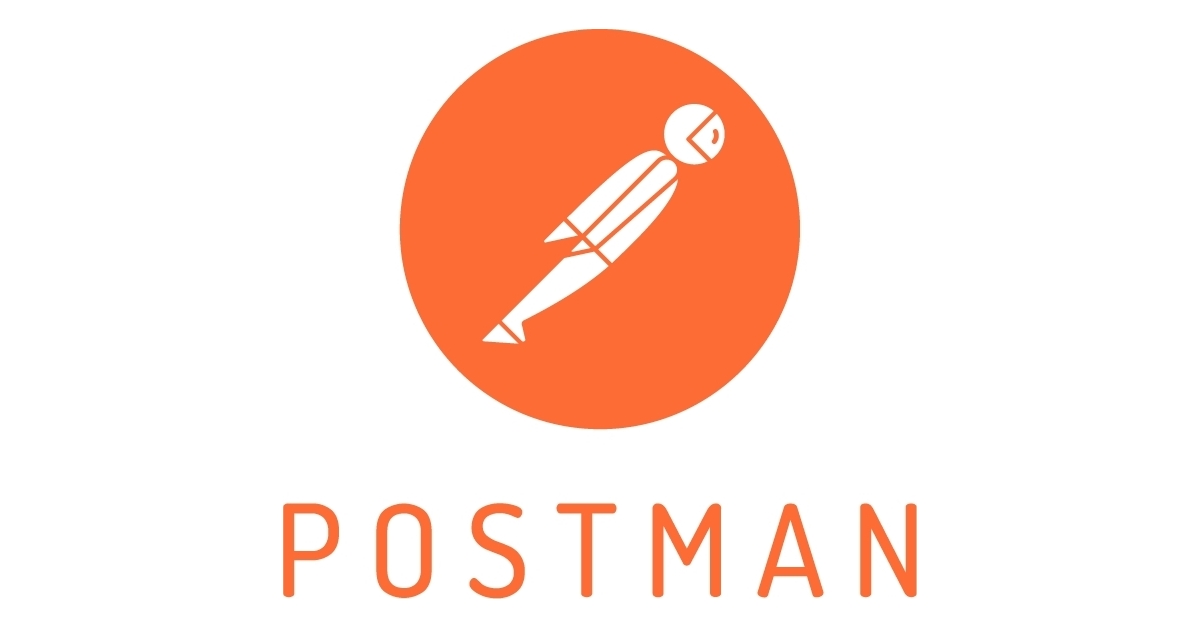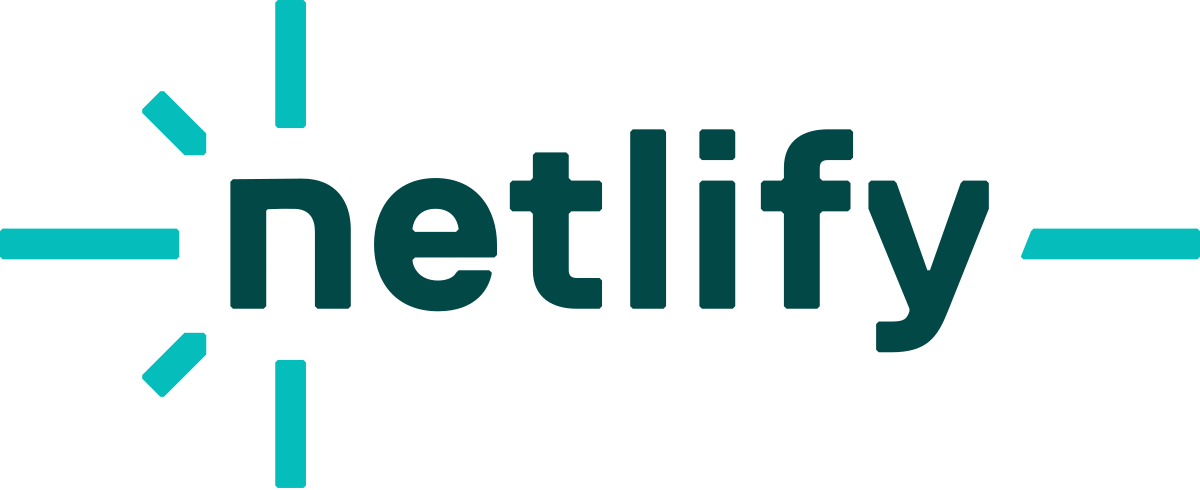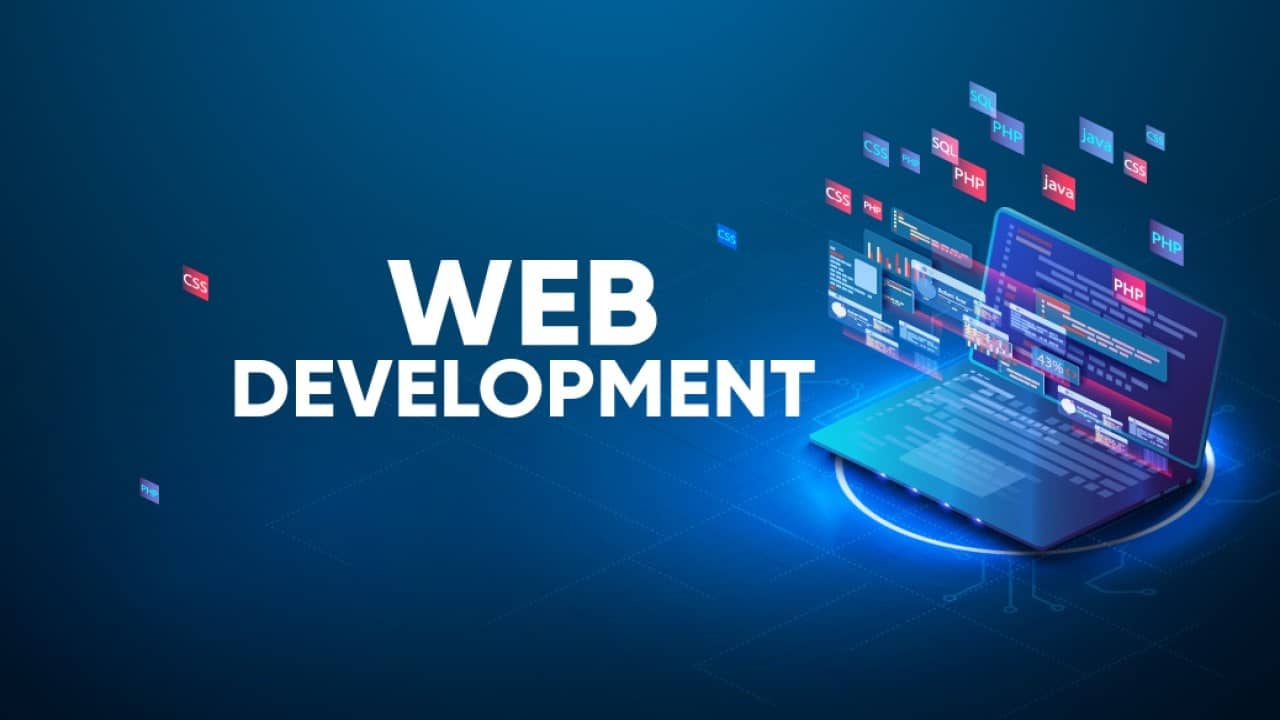Last Updated on June 9, 2024 by Jhonni Jets
As mobile devices have become increasingly powerful, web development on the go has become more feasible than ever. While a laptop will always be the best tool for serious coding work, Android offers a growing selection of capable apps that let developers check email, edit code snippets, test sites, and more from anywhere. In this article, we’ll take a look at 10 of the top Android apps specifically designed for web developers to be productive even when away from their desks.
1. Visual Studio Code

Widely considered one of the best code editors overall, Visual Studio Code has risen to the top of the Android productivity app world as well. With its intuitive interface, robust features, and extensive extensibility, VS Code proves that being able to code on a phone doesn’t have to mean sacrificing capabilities. Some key strengths include syntax highlighting for over 140 languages, debugging support, integration with version control systems like Git, and a marketplace full of useful plug-ins. While the small screen size limits its use for extensive coding sessions, VS Code remains highly usable for ad-hoc tasks like reviewing code snippets or committing quick changes on the go.
When combined with cloud services like GitHub or Azure, VS Code also enables seamless syncing and multi-device workflows. Developers can pick up where they left off across desktop, mobile, and web. The app runs smoothly even on lower-end Android devices and includes helpful accessibility features like optional dark themes. Overall, Visual Studio Code brings a top-notch coding experience to phones and tablets without compromise.
2. Brackets

For lighter-weight work that doesn’t require the full-featured power of VS Code, Brackets remains an excellent open source code editor for Android. Developed by Adobe, Brackets prioritizes HTML, CSS, and JavaScript with intuitive live previews and robustember support built right in. Its clean, focused interface stays out of the way so you can concentrate on code. Advanced capabilities like custom build tasks, version control, and extensions are also available.
Where Brackets truly shines is its synchronization between devices. Any changes made on the phone are automatically synced to the desktop Brackets app and vice versa through Adobe Creative Cloud. This enables true cross-device workflows, making it easy to pick up where you left off no matter what device you’re using. And the app demands few resources, so it runs well even on lower-end Android hardware. For basic HTML, CSS, and JS work on the go, Brackets is an excellent highly mobile-friendly option.
3. CodePush
While code editors allow developing directly on a phone, CodePush takes mobile web development a step further by streamlining app deployments from any device. Developed by Microsoft, CodePush is a cloud service that facilitates pushing JavaScript and CSS code updates to deployed React Native and Cordova apps. This enables seamlessly updating both web and mobile app code simultaneously without re-releasing to app stores.
The CodePush mobile app provides a simple dashboard for observing deployment statuses, rollback capabilities, and usage analytics directly from an Android device. Developers can release test code, monitor rollouts, and troubleshoot issues all while on the go. When paired with a code editor like VS Code or Brackets, CodePush completes the mobile development loop by ensuring easy continuous delivery of changes directly to users. It reduces the friction of the mobile release process, speeding up iterative development even when away from the main workstation.
4. Postman

For anyone building APIs or web services, Postman is an indispensable tool available as both a desktop and Android app. It allows constructing, testing, and documenting REST and GraphQL requests directly from a phone or tablet. Postman’s intuitive drag-and-drop interface converts easily to mobile, keeping critical API development tasks accessible anywhere.
Some key Postman features on Android include building complex request workflows, capturing response data for documentation, integrating with platforms like GitHub and Slack, and running test suites against APIs. The mobile app also syncs collections and recent activity with the desktop version for true cross-platform use. Postman reduces context switching by letting API development continue while mobile. And thanks to its free tier, it remains accessible even for solo or student developers on a budget.
5. Google Chrome

No web development toolkit would be complete without a capable browser. On Android, Google Chrome delivers an exceptional browsing experience optimized for touchscreens. Its core functionality like tabs, bookmarks, extensions, and devtools hit the mark on mobile as well. Things like the Elements panel work well enough for basic inspection and quick CSS tweaks directly on a phone.
Chrome’s syncing between mobile and desktop also empowers multi-device workflows. Bookmarks, extensions, settings, passwords and open tabs seamlessly carry over no matter what device developers are using. This avoids constant repeats of setup and lets productivity continue uninterrupted. Additionally, Chrome for Android remains one of the most capable mobile browsers for desktop-grade capabilities like WebRTC, Service Workers, and more. Overall, Chrome sets the standard for Android browsing that perfectly complements any other mobile development tools.
6. React Native Debugger

For developers working with React Native, the companion React Native Debugger app becomes an essential mobile sidekick. It allows inspecting React component hierarchies, state, and props directly from within a React Native mobile app running on the same device or emulator. No more needing a laptop just to debug—the Debugger app keeps this vital task within easy reach even fully mobile.
Some key debugger capabilities include inspection of the React component tree, setting breakpoints, triggering hot reloads, modifying state live, and re-rendering views on the fly. This brings the powerful iterative development workflow of tools like React DevTools straight to Android. The app connects to React Native apps over USB or hotspot tethering, keeping debugging as seamless as possible even away from Wi-Fi. For optimizing and fixing React Native UIs on the go, the Debugger is indispensable.
7. Expo Go

As the companion app to the popular Expo development platform, Expo Go enhances React Native workflows even further. It lets deploying, viewing, and testing apps built with Expo directly from an Android device using only a project URL or QR code. No simulators or Android Studio needed. Expo Go extends the fast iteration capabilities of tools like React Native Packager to be fully mobile.
Additionally, Expo Go surfaces useful tools within its app like the camera roll and notifications for testing features within deployed Expo apps. Pushing updates is as simple scanning a new QR code. These streamlined workflows expedite the mobile development cycle, making it feasible to develop, deploy, and iterate directly from any device without recompiling or bundling. For React Native teams relying on Expo, the Go companion is a must-have Android productivity aid.
8. Glitch

For those working with HTML, CSS, JavaScript, and Node.js on the server side, Glitch brings online code collaboration and hosting to Android in a polished mobile app. It provides access to any public or private Glitch projects directly from a phone or tablet.
Key Glitch app features include full browsing of project folders, inline code editing with syntax highlighting, SSH access to remote project servers, deployment controls, and integration with services like GitHub. Thanks to Glitch’s serverless infrastructure, code can be seamlessly run, tested and demonstrated live from the app. Combined with its collaboration features, Glitch becomes a powerful tool for quickly standing up demos, prototypes or proof-of-concepts fully mobile.
The intuitive UI also offers robust media embedding plus Glitch Chat integration for discussions directly within projects. Overall, Glitch empowers productive solo or team work on full-stack web projects from anywhere with an Android device.
9. Netlify

For static websites, microservices, and other JAMstack projects, the Netlify mobile app brings comprehensive continuous deployment capabilities to Android. It allows managing all Netlify sites and builds from a phone, including monitoring build statuses, reviewing logs, and deploying previews and changes on the go.
Additional app features cover triggers, functions, domains, and identity services too. Site teams can observe workflows like GitHub/GitLab deploys, FTP uploads and more directly from their mobile devices. Advanced options exist as well like environment variables, build plugins and deploy contexts. Netlify also incorporates collaboration tools like in-app messaging for seamless discussions about project status away from desktops.
Overall, the app automates and simplifies many core Netlify workflows to be entirely mobile-driven. This allows fully remote management of JAMstack sites, services and infrastructure without a laptop present.
10. Firebase
Last but not least, the Firebase mobile app brings essential realtime application functionality to Android devices. It provides access to the Firebase console for managing web and mobile backends directly from the go. All major services like Cloud Firestore, Realtime Database, Storage, Functions and more are available for rapid setup and configuration on any device.
Additional app features cover managing users, notifications, test labs and other key backend pieces. Developers can stand up full backend infrastructures, deploy code changes, debug issues, monitor stats and build database queries right from their phone. Advanced features like server-side security rules, analytics and AB testing are also at their fingertips without needing a laptop or desktop present. Overall, Firebase finishes rounding out the essential suite of backend tools now within reach even while fully mobile.
Conclusion
As this collection of top Android apps demonstrates, serious web development need not require a laptop anymore. Tools like Visual Studio Code, Netlify and Firebase apps now bring previously ‘desktop-only’ capabilities to phones and tablets in polished, intuitive experiences. Combined with lighter editors, debugging tools, collaboration platforms and deployment dashboards – an Android device has truly become capable of accommodating a wide range of web development workflows entirely on the go.
Every discussed app here meaningfully reduces friction around multi-device workflows, keeping developers productive anywhere. They streamline everything from solo coding and prototyping all the way through to fully remote team collaboration and infrastructure management. Perhaps most importantly, each facilitates truly continuous development through tight integration between mobile and traditional desktop environments.
We can expect mobile development experiences to only improve further as phone and tablet hardware gets more powerful. But even on current technology, this collection of top Android apps proves web development need not be tied to a fixed location anymore. The future is fully mobile, and tools like these are enabling it today.

